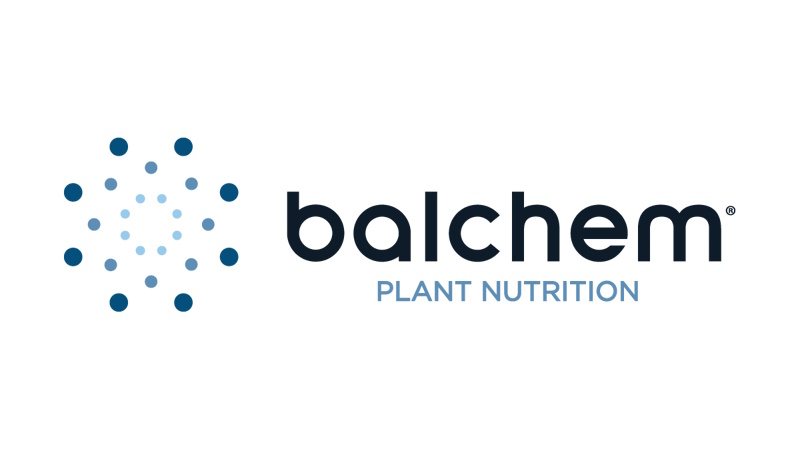Breeding Efforts in Berry Crops Growing By Leaps and Bounds
The Vaccinium pangenome is coming out! Scientists and breeders of Vaccinium crops, namely blueberry and cranberry, are excited, as this represents a monumental achievement. Growers and consumers of these fruits should also be enthusiastic, since the pangenome will be an essential tool to accelerate and optimize breeding efforts for key traits. Traits that influence fruit quality are of primary focus based on stakeholder feedback.
But what exactly is a pangenome? And more fundamentally, how does it aid breeding efforts? Let’s start by breaking down the word. Pangenome is derived from the Greek word “pâs” or “pan,” meaning all, plus “genome,” meaning the entire set of DNA or genes within an organism. Thus, a pangenome is a collection of genes from multiple representative individuals within a species or group. The group in our case is Vaccinium, a taxonomical classification that includes highbush and rabbiteye blueberry as well as cranberry.
Traditionally, geneticists and breeders studied individual genomes. An individual could be a cultivar or variety. But genomes of individuals differ due to genetic mutations. These genetic differences lead to phenotypic variation, or differences among cultivars and varieties. The takeaway is that a single genome doesn’t provide the full picture that would really aid breeding efforts.
TARGETED BREEDING APPROACH
Dr. Patrick Edger, Associate Professor in Horticulture at Michigan State University and lead scientist working on the Vaccinium pangenome project, says his team is identifying the unique genes only present in some cultivars that are associated with superior fruit quality.
“By making direct comparisons among different genomes and layering on all the profiled metabolite variation — sugars, acids, volatiles, etc. — we’re going to make direct [fruit quality] associations with these novel genes that consumers ultimately will appreciate,” he says.
Edger’s team has assembled 24 blueberry and 12 cranberry genomes. In addition, they are making direct comparisons among all of them to try to quantify what genes are uniquely present in individual crop types, as well as individual genomes.
Developing the pangenome is one important piece of a larger nationwide project called VacCAP (Vaccinium Coordinated Agricultural Project). This federally funded project focuses on addressing bottlenecks, limiting the growth of Vaccinium crops by developing and implementing more targeted breeding approaches that public and private breeding programs can utilize. This will allow breeders to strategically select and pyramid traits important for fruit quality and market value. It also develops a foundation for targeted breeding of other traits.
There are two main reasons why VacCAP needed to develop a pangenome. First, it helps scientists and breeders by contributing to the development of a single genotyping platform that could be used across Vaccinium species, from blueberry and cranberry to maybe even huckleberry someday.

BUILDING BETTER BERRIES
The second reason is to identify unique, cultivar-specific genes and understand the genetics that could encode important traits, Edger says. As he wraps up the pangenome project over the next year, he and his colleagues will focus on identifying genetic variants associated with superior fruit quality.
“These genetic variants will serve as the foundation of a lot of the downstream analyses,” he says, “including as molecular markers to guide future breeding efforts.”
Dr. Massimo Iorizzo, Lead Investigator on the VacCAP project and an Associate Professor of Plant Genetics and Nutritional Genomics at North Carolina State University, says the VacCAP project is critical to support the development of high-quality and extensive genomic resources, as well as for creating a collaborative network that helps the Vaccinium community build more and better DNA-based resources. Among those resources are six new genomes and the pangenome.
“These new resources are changing the way we geneticists or breeders from public and private organizations approach research questions in Vaccinium species,” Iorizzo elaborates. “They facilitate the identification of genes important for breeding. It is like we revealed a large map and defined many possible directions, which opened the door for scientists to find the best road to reach our breeding destinations, or goals.”
No doubt about it, the best is yet to come. As Iorizzo says, “The advances in blueberry and cranberry genetics we are making, and will continue to make, are exciting.”
Author’s Note: The VacCAP project is funded through USDA National Institute of Food and Agriculture (Award #:2019-51181-30015). You can learn more about VacCAP at vacciniumcap.org.










